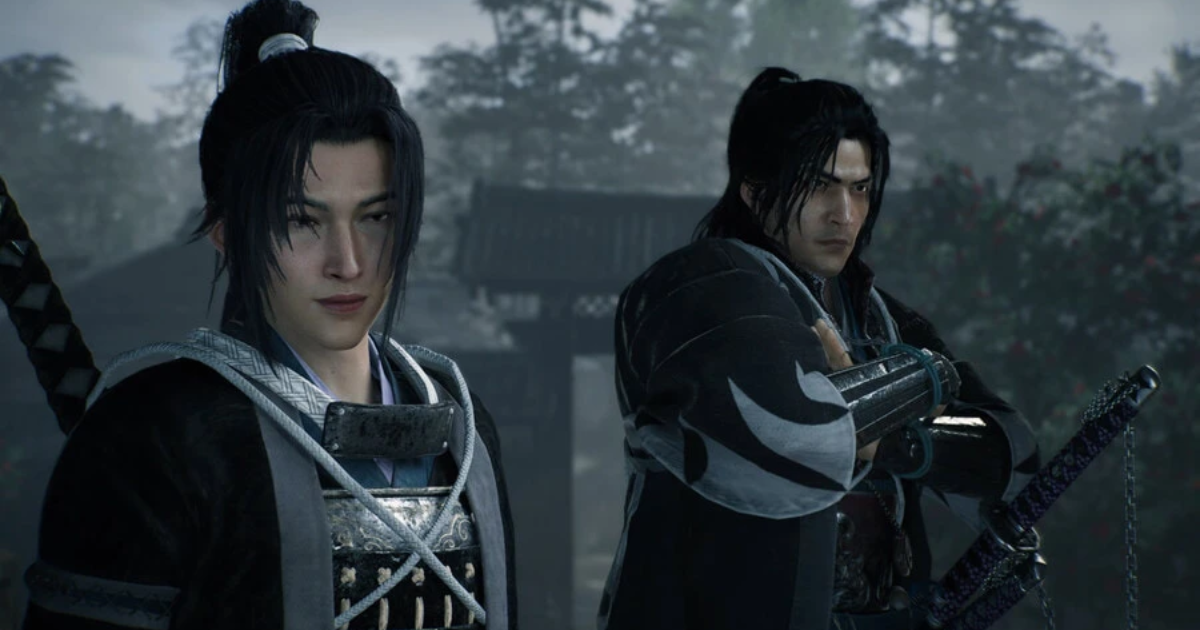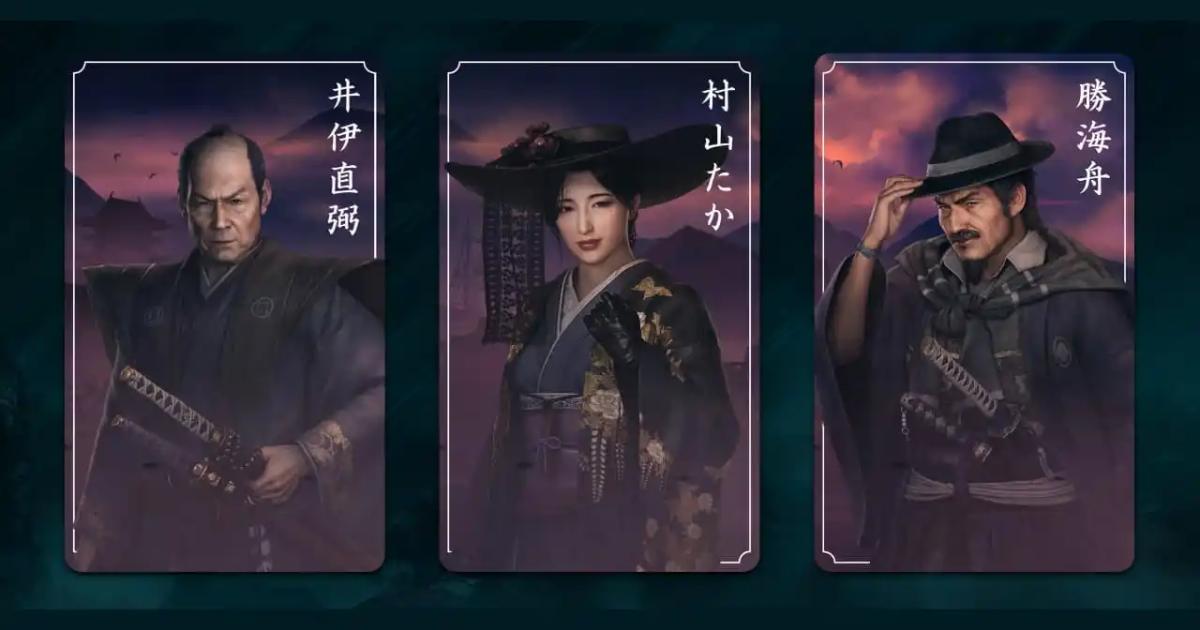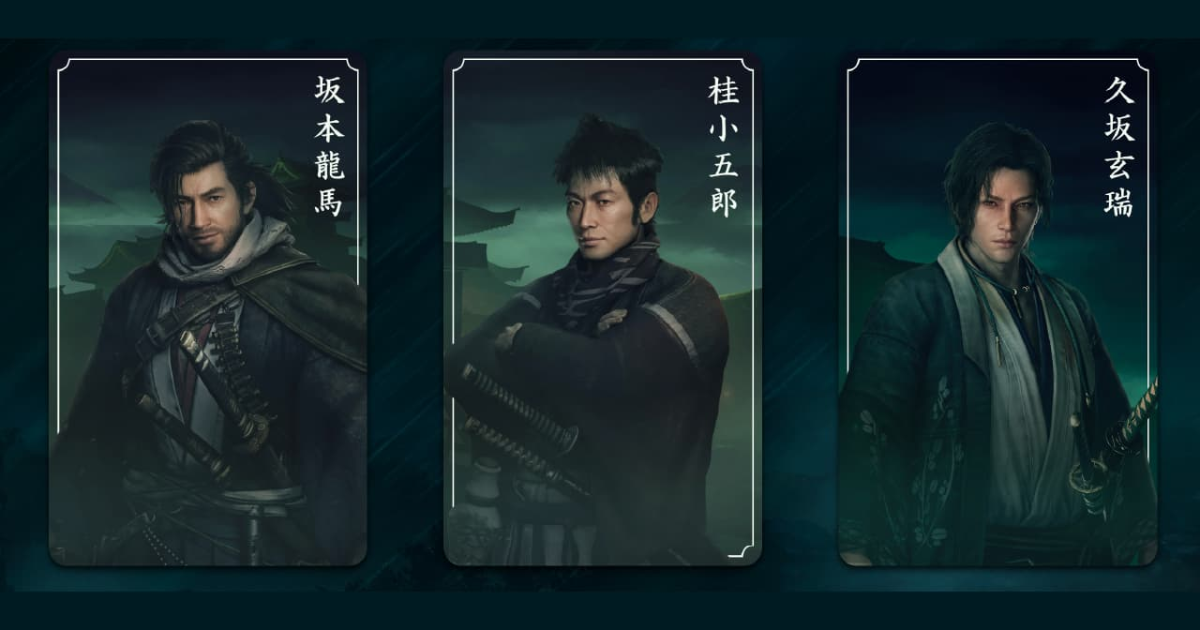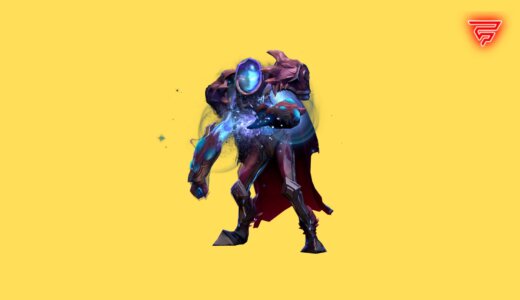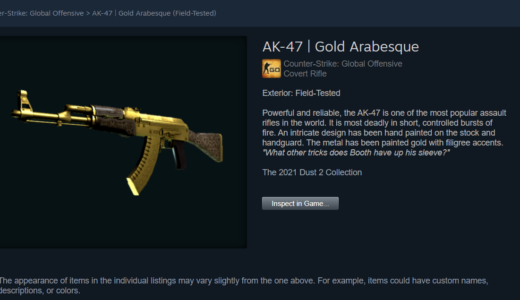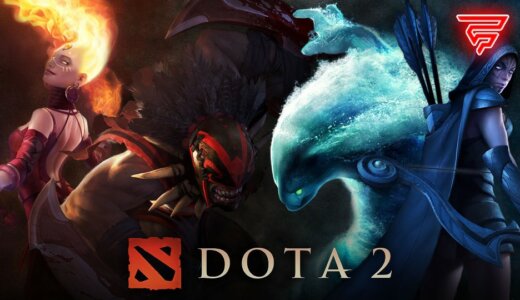Team Ninja’s latest action game Rise of the Ronin is set in 19th century Japan and takes place during the Bakumatsu period. It was a period of struggle between the Shogunate military dictatorship and rebel forces seeking its overthrow. You’ll either side with the Shogunate or join the rebel Anti-Shogunate forces attempting to destroy them later in the game.
But in Rise of the Ronin, who will you side with? What exactly are some main differences among the two factions?
The Shogunate Loyalists
In the event you side together with the Shogunate army, you are siding with the military leaders who’ve been ruling Japan for over 600 years. The modern Shogun is now looking to expand trade with Western nations such as the United States and Britain.
Major leaders on this side include:
– Chief Minister Naosuke Ii – the most senior Shogunate official charged with maintaining The regime’s hold on power.
– Naval Commissioner Kaishu Katsu – Commanding the Shogunate’s Navy and Western relations – Western allies such as Matthew Perry of the U.S. and Rutherford Alcock of Britain.
By siding with the Shogunate one also helps to maintain the Japanese social order and hierarchy. You’ll oppose rebel movements and work alongside Westerners on trade and relations.
Upgrade your Bond with the Shogunate and you’ll unlock Western-style character clothing and equipment – including guns and revolvers. The cosmetic rewards reflect the blending of cultures.
The Anti-Shogunate Rebels
Opposition to the Shogunate consists of various rebel groups and clans who consider the regime corrupt and oppressive. They wish to overthrow the Shogunate and regain the Emperor as the legitimate ruler.
Key players in the Anti-Shogunate movement include:
- Sakamoto Ryoma – A key rebel commander.
- Yoshida Shoin and students such as Katsura Kogoro – Prominent philosophers and strategists.
- Clan Members of the Choshu clan, formerly defeated by the Shogunate.
You’ll be an espionage and assassination expert working to undermine the Shogunate and its foreign allies by joining the rebels. Your mission is to eliminate Western influences and reinstate the Imperial Court.
Increasing your Bond with the Anti-Shogunate unlocks traditional Japanese armour and equipment for your character’s appearance. The rewards show the rebel’s resistance to Western ways.
How Much Does Your Choice Matter?
You can sympathize with characters on both sides for the majority of Rise of the Ronin’s story without having to choose one or the other quite so decisively. Only around Chapter 3, which takes place in Kyoto, does the game lock you into supporting the Shogunate or rebels.
Until that pivotal decision point, you can essentially keep your options open and experience missions from both perspectives. Once you pick a side though, you lose allies you had with the opposite faction.
But your choice does result in slightly different endings depending on which faction you ended up supporting. But that doesn’t mean its core story suddenly changes dramatically based on your decision.
So when it comes to choosing Pro or Anti-Shogunate early on, you may want to consider:
- What ideals and goals do you support more from each faction?
- What exactly are the personalities of your allies you like and would like to stay in touch with?
- Whether you prefer the aesthetic rewards of Western or traditional gear
There’s no definitively better or worse choice. Just make your pick based on your role-playing preferences when the critical moment arrives in Kyoto.
Rise of the Ronin is out now on PS5, based on the real historical chapters of war between Japan’s feudal regime and the forces of revolution. Do you uphold the Shogunate or join the rebels to restore the Emperor? You decide.
